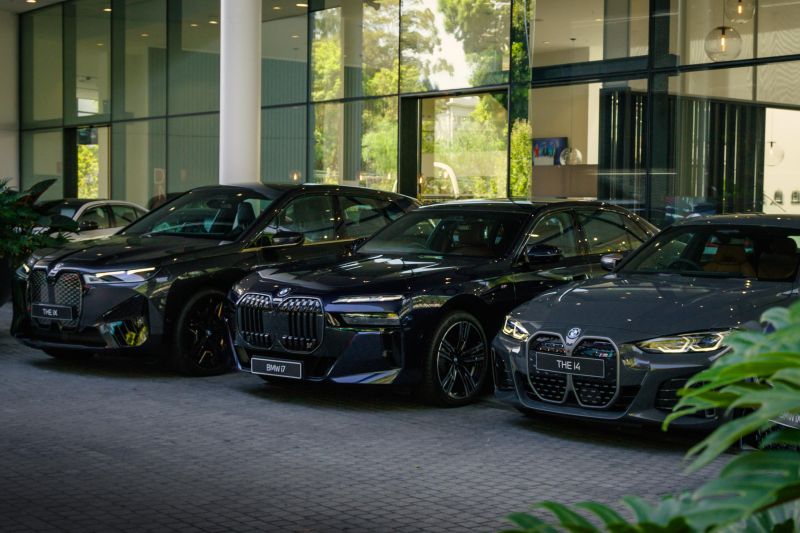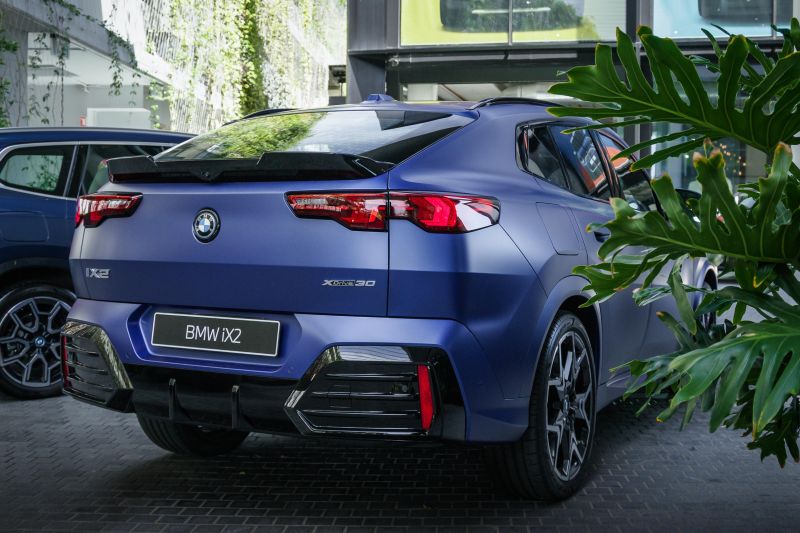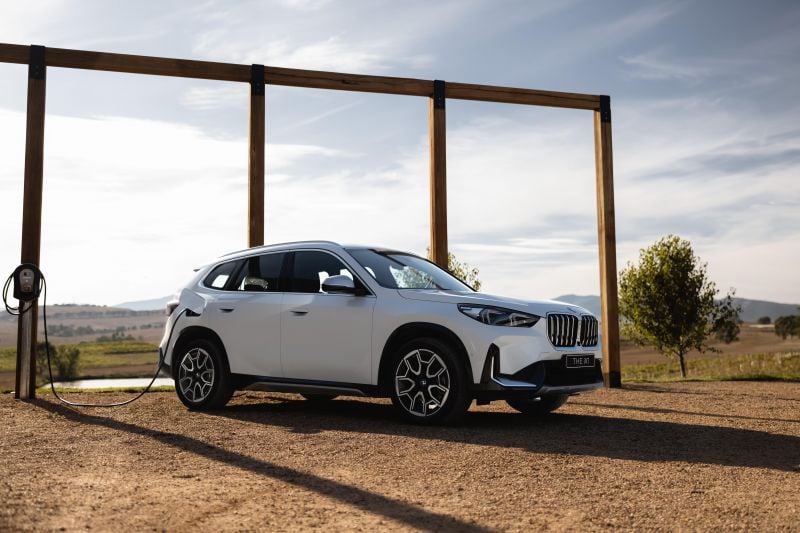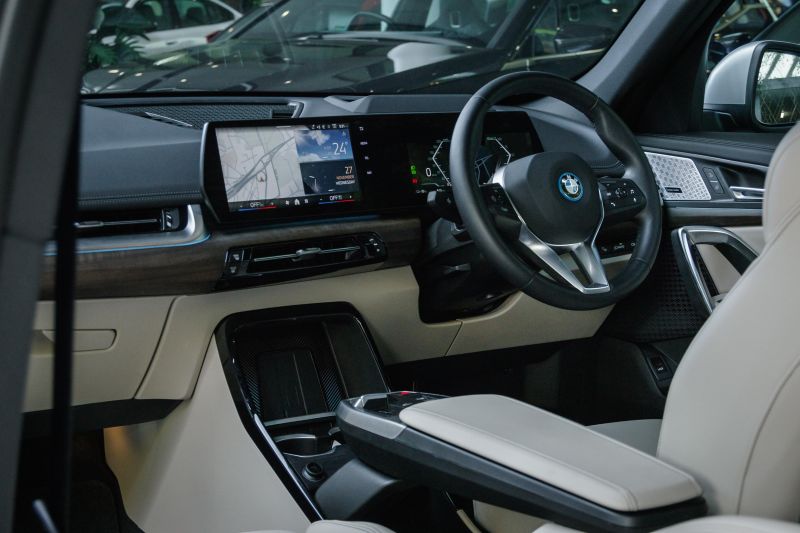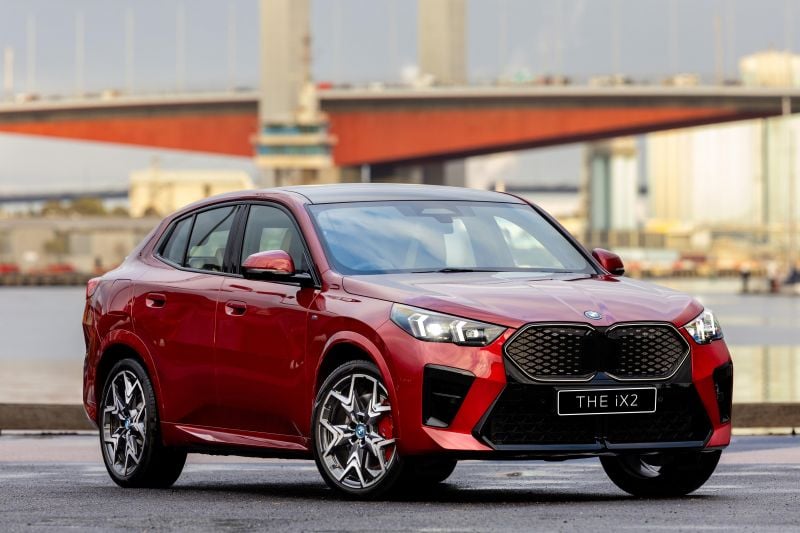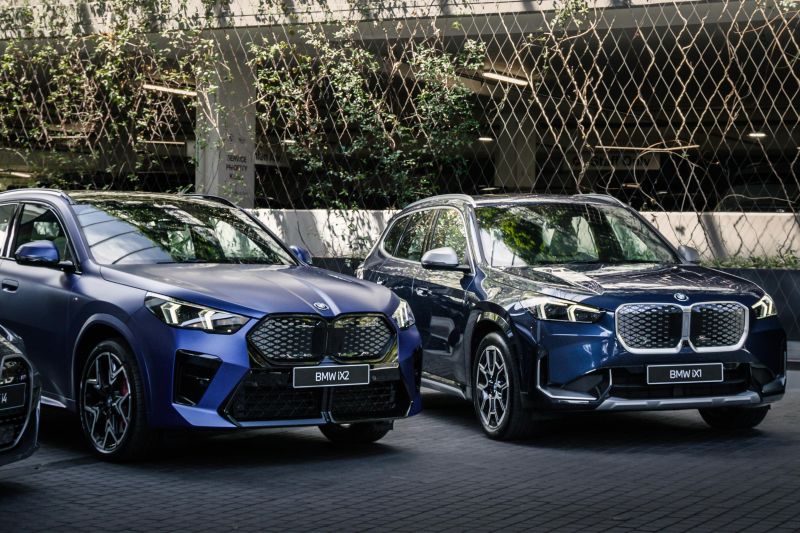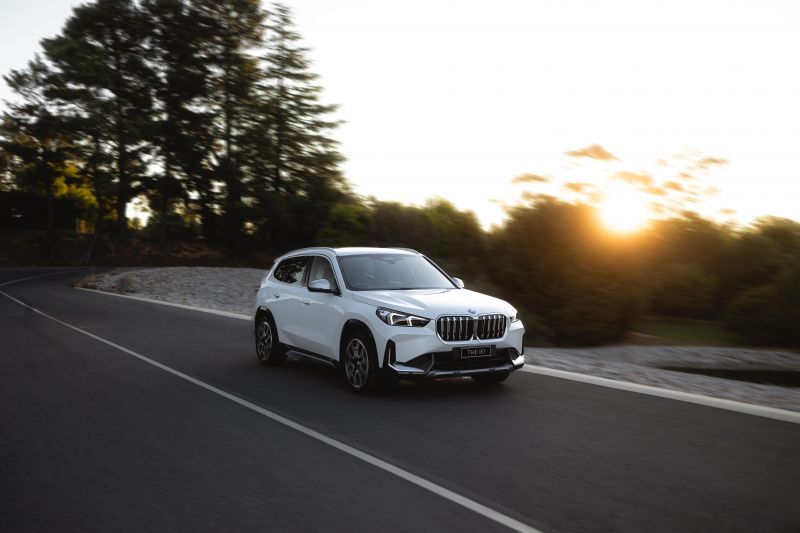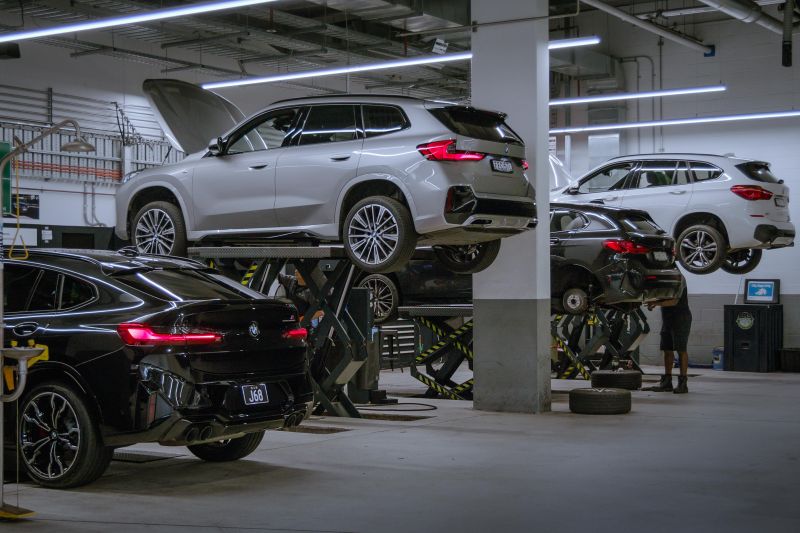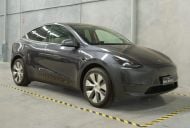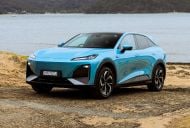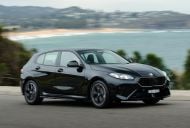SPONSORED
Despite operating in one of the most challenging times in automotive history as emissions regulators across the globe race towards an all-electric future as far as personal mobility goes, BMW is crushing it with both its traditional ICE cars and battery-electric vehicles at the same time.
That’s extraordinary given the challenges that come with developing two entirely different powertrain technologies, alongside the cutting-edge in-car tech required these days, while maintaining the dynamic chassis handling for which the Bavarian brand is famous.
Traditional M models like the M2, M3, M4, M5 and M8 continue to celebrate BMW’s significant legacy of providing high-powered internal-combustion motoring for enthusiast drivers, offering huge dynamic performance and razor-sharp feedback to match – both on road and track.
Hundreds of new car deals are available through CarExpert right now. Get the experts on your side and score a great deal. Browse now.
And today BMW’s M division also offers a wide range of segment-leading high-performance SUVs including the X4 M, X5 M and X6 M.
But here’s the really important kicker: in what seems like a very short space of time BMW has also become the clear benchmark in terms of both luxury and performance battery-electric vehicles, which in part helped it become Australia’s most popular luxury auto brand in Australia last year.
Somehow its engineers have managed to integrate similar levels of driver satisfaction into its entire range of EVs, from flagship models down to the entry level. That’s something its competitors can’t do, at least not to the degree that’s been achieved here.
Models like the astounding i7 flagship sedan that’s capable of crushing corners like an M5; the iX bespoke electric SUV created from a ground-up EV platform and offering five-star luxury and next-level technology; and the first electric BMW to wear an M badge, the dual-motor 400kW i4 M50 that delivers handling and performance to rival the very best sports cars.
These core competencies will come as no surprise to those in the know, as the Bavarian Motor Works has a long heritage in the electric vehicle world, having created its first EV more than 50 years ago – albeit as a showpiece for the Summer Games in Munich.
And over a decade ago BMW launched the super-cool i3 with its ground-breaking carbon-fibre reinforced plastic body and an interior incorporating renewable recycled materials including eucalyptus wood and hemp.
Around the same time, it also launched one of the first ever electrified supercars in the i8, with its brilliantly futuristic design incorporating butterfly doors and mega-efficient hybrid powertrain that produced supercar-like performance.
But just like the cutting-edge world of Formula 1, where state-of-the-art technologies are created before filtering down to series production road cars, a similar technology transfer has been taking shape with BMW’s fully-electric vehicles.
Not so long ago, BMW EVs were limited exclusively to the upper echelon, but now buyers can access the same benchmark powertrain qualities in significantly more affordable models, with no less than six electric BMW model variants currently priced below the Luxury Car Tax threshold for fuel-efficient vehicles of $91,387.
This was unthinkable even 18 months ago. And yet there are now two highly competitive electric model lines priced below that threshold – the BMW iX1 and iX2. Both are as good as each other, so it comes down to whether you prefer the more traditional SUV shape with the iX1, or coupe-like profile of the sleeker iX2.
Both the iX1 and iX2 are available in two variants, but the larger iX3 M Sport mid-sized electric SUV and the i4 eDrive35 mid-sized sedan also fall under the LCT threshold.
The entry-level SUV option starts with the iX1 eDrive20, or you can opt for the swoopier ‘coupe’ version – the iX2 eDrive20. Both models are priced below the LCT, saving you thousands.
Customers can also lock in a guaranteed future value for their car at the end of the finance period with BMW Finance’s Full Circle program, at the end of which you can upgrade to a new model or keep your existing car.
There’s a lot to be said for the entry-level iX1 eDrive20, apart from its sub-$80k price point and LCT savings, given it offers that same kind of dynamic DNA as its game-changing BMW siblings, making it so much fun to use as a daily commuter.
Sending 150kW of power and 250Nm of torque to the front wheels, it’s no slouch off the mark. While the 0-100km/h sprint takes 8.6 seconds, real-world acceleration from 0-60km/h is significantly more rapid because peak torque is delivered in full from the instant you punch the throttle. It’s satisfying to get ahead of the pack from a set of traffic lights, and that’s just one of benefits of driving an EV of this calibre.
More notable is the iX1’s ride and handling competence, which put it a class above its competition. Behind the wheel it feels well balanced and very sure-footed in corners, thanks to superb body control without compromise when it comes to general ride comfort.
There’s a strong sense of luxury within the cockpit too, with cosseting, supportive seats and a cutting-edge curved multimedia screen boasting high-definition clarity and intuitiveness with its UI and UX.
It might be entry level for BMW in the full EV space, but it certainly doesn’t feel that way with quality metal brightwork and switchgear – some of it knurled and nicely damped at the same time.
So too are the softer materials and plastics – there’s a premium look and feel to those as well even at this entry level. It all feels quite special.
There’s also a real sense of fanfare at play in BMW’s EVs – one that celebrates the high levels of tech employed inside and none of it confusing. Ambient lighting is some of the best in the industry and clearly inspired by those range-topping models like the i7 and iX.
Importantly, there’s a claimed driving range of up to 464km on a single charge, which in real-world driving terms means you’ll likely get around 400km – so your daily commuting and occasional weekend jaunts should be well covered.
At the heart of the iX1’s EV system is a 67kWh battery which can fast-charge at up to 130kW DC, while average energyconsumption is rated at 18.5kWh/100km. Another bonus is 22kW on-board AC charging capability – enabling fast top-ups at home or other public chargers where fast-charging DC units are unavailable.
Behind the wheel you get beautifully calibrated controls with a more linear throttle and brake pedal feel than rival makes and models. This is where BMW’s EVs really do lead the category.
Same goes for the steering, which is lightly weighted, predictable and reassuringly pointy. It’s sporty but not at the expense of all-round ride comfort. The suspension soaks up all manner of bumps and potholes. It feels better engineered than its competitors and makes it good fun to drive at the same time.
For those seeking more performance and a touch more style, the iX2 xDrive30 is an even more tempting option. It boasts a commanding presence with design cues that seem to have been lifted directly from the ultra-luxury iX. The rear-end styling and tail-lights, in particular, give it a sleek, high-end look that sets it apart.
And just like its iX1 xDrive30 sibling, it ups the ante significantly in the performance stakes by making 230kW of power and 494Nm of torque, this time going to all four wheels. It can hit 100km/h in a more rapid 5.6 seconds, and even quicker 0-60km/h pace will see you be leaving the traffic well behind at the lights.
And never mind the the compromise on cabin space you might expect due to the coupe styling, because this latest-generation of iX2 has grown by nearly 200mm in length as well as being wider and taller. It’s also got a longer wheelbase and wider tracks, bringing more seat and boot space. For the iX2 that means anywhere from 525 and 1400 litres of luggage capacity.
I’m not entirely sure how the BMW designers and engineers did it, but the brand’s battery-electric vehicles can be just as rewarding to drive as some of the carmaker’s finest internal combustion engine cars and that’s a huge achievement.
That so much of that next-level engineering and technology has filtered down to the company’s most affordable EVs suggests some very smart strategic thinking from the top.
And if you’re worried about warranty, servicing, or even charging costs with your new EV, BMW has got you covered to a level that few of its rivals can match, with a variety of plans and options to enhance the ownership experience.
For starters, like all BMWs, both the iX1 and iX2 EV ranges are backed by a five-year, unlimited-kilometre warranty, as well as an eight-year, 160,000km battery warranty.
Customers who choose to lease their new BMW can also lock in a guaranteed future value for their car at the end of the loan period with BMW’s Full Circle program, giving you the option of either upgrading to a new model or keeping your existing car.
BMW Service Inclusive Basic offers prepaid service packages for the iX1 and iX2 covering the first six years with no mileage limit, and includes annual vehicle checks, brake fluid checks and more for $2200, or an average of $336 per scheduled service.
BMW also offers ultimate peace of mind for your new EV by adding 24/7 complimentary BMW Roadside Assistance and Accident Management for eight years.
MORE: Everything BMW

